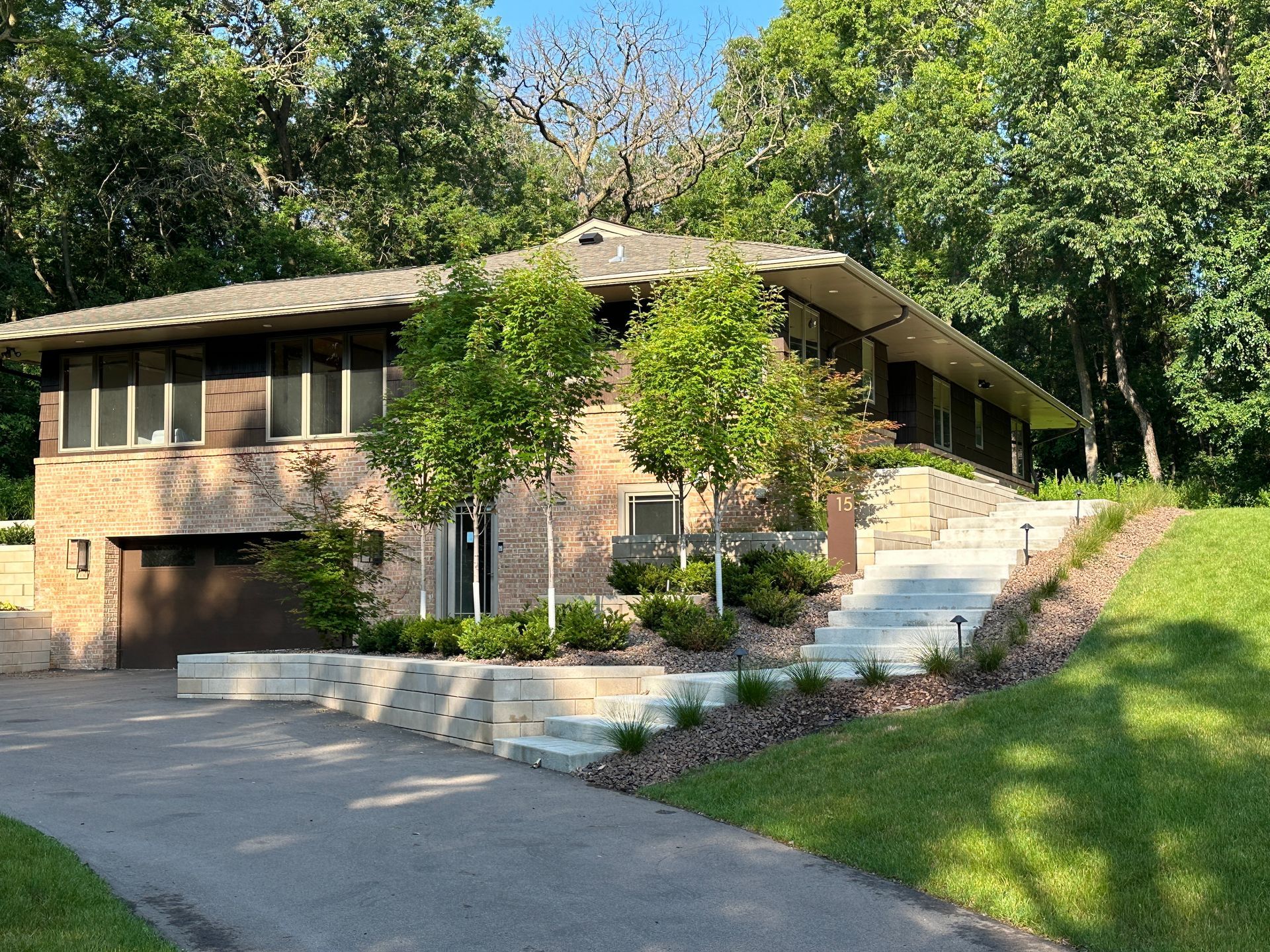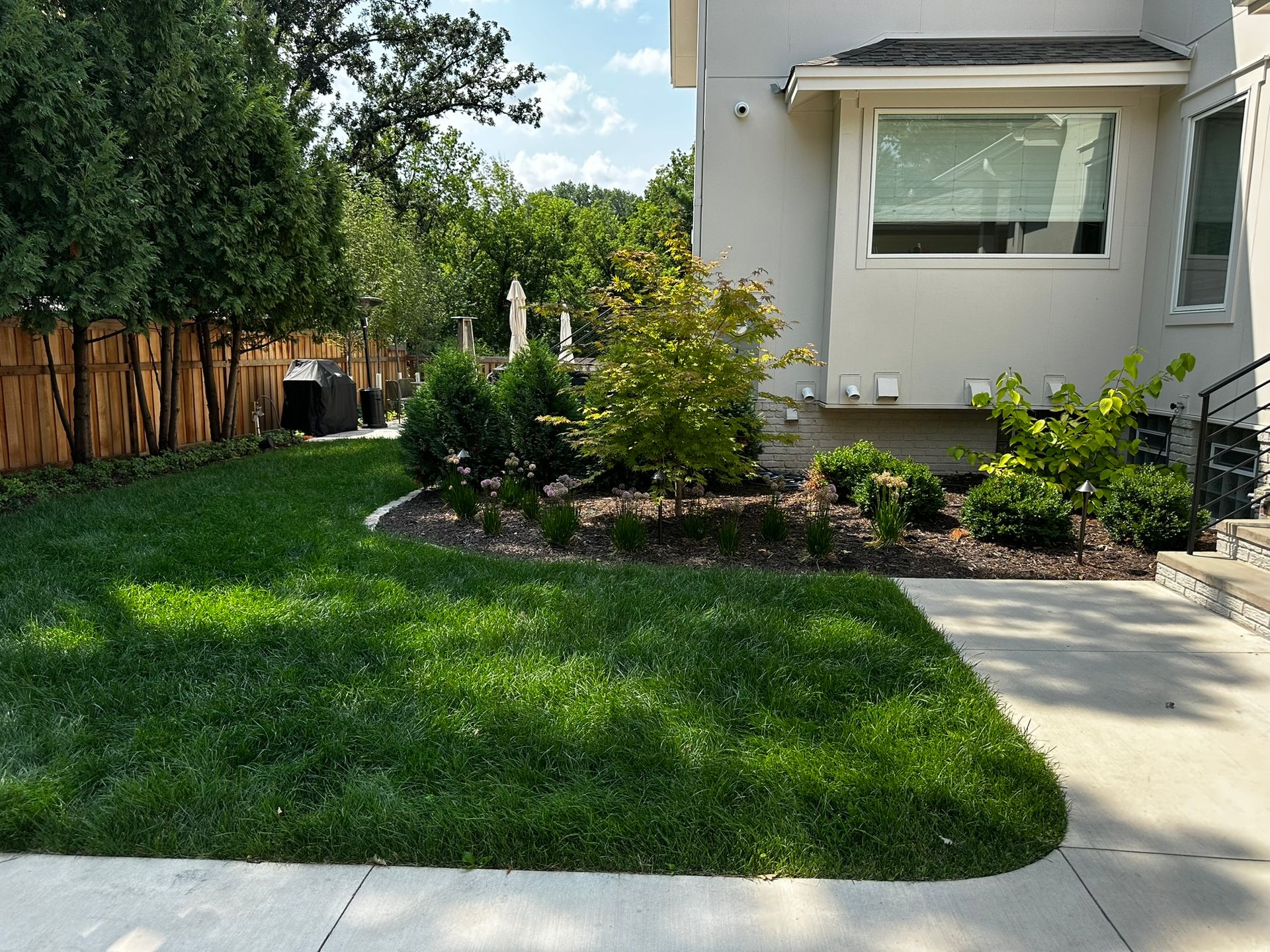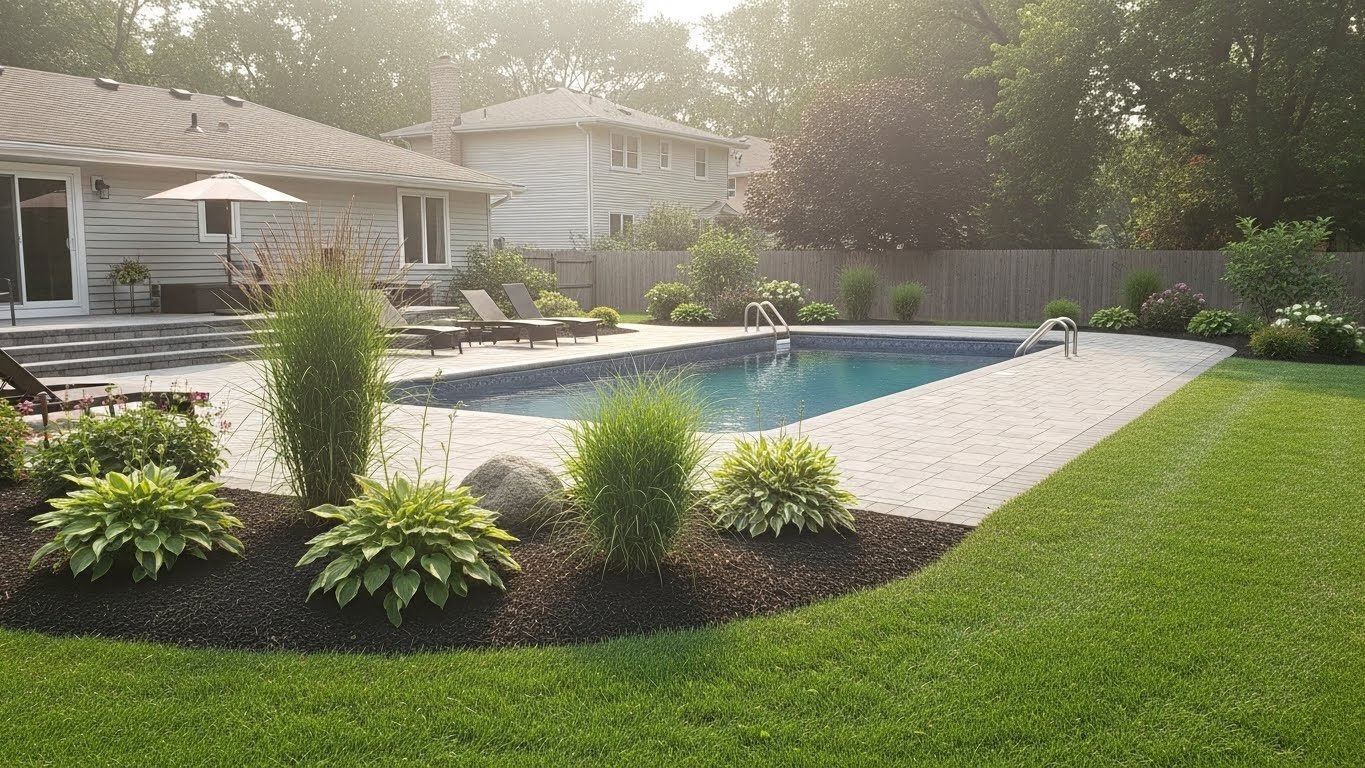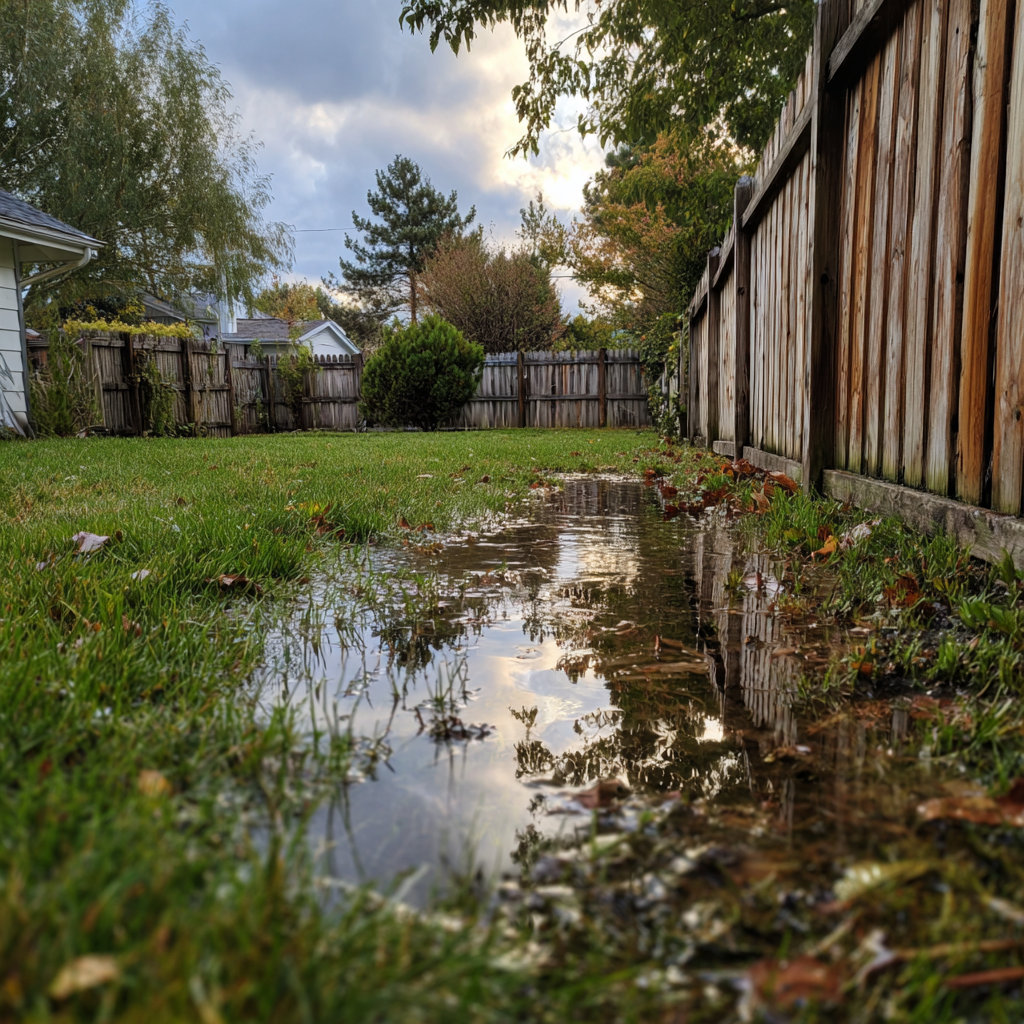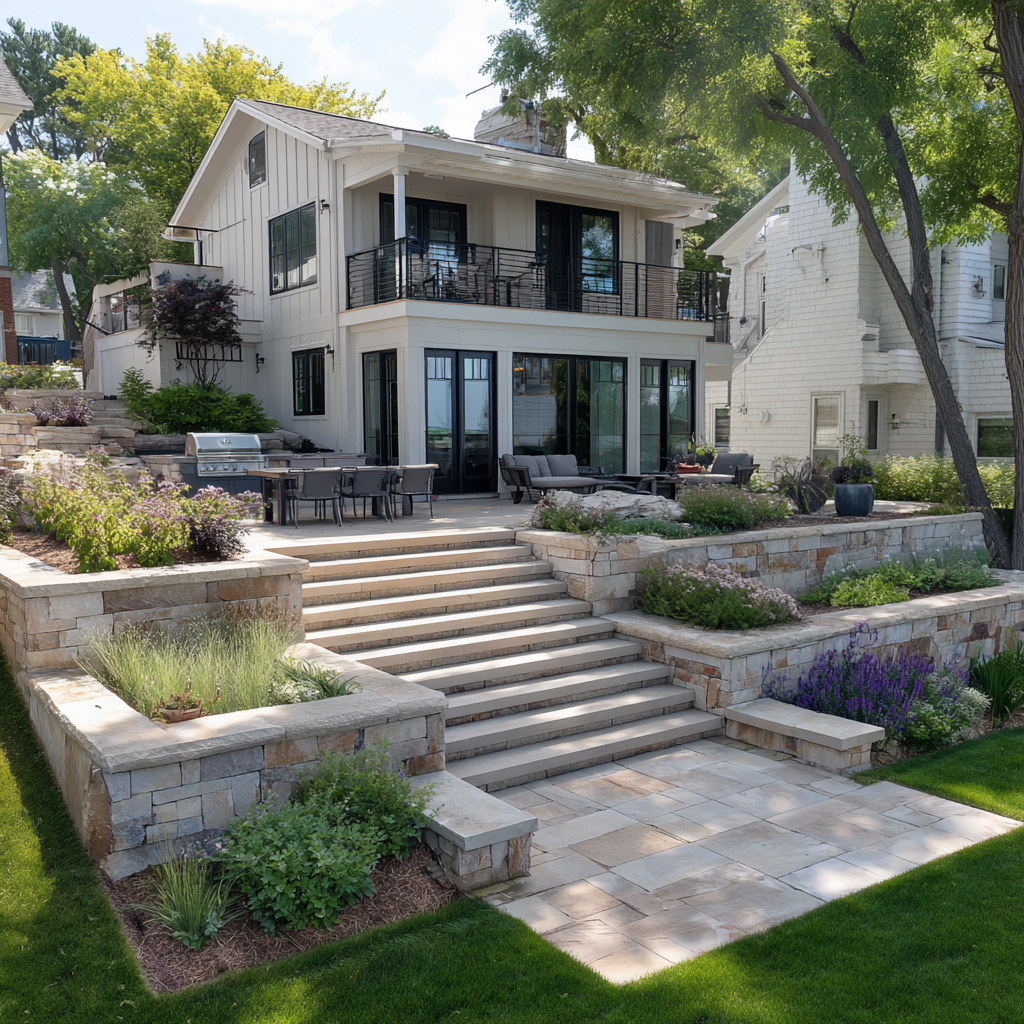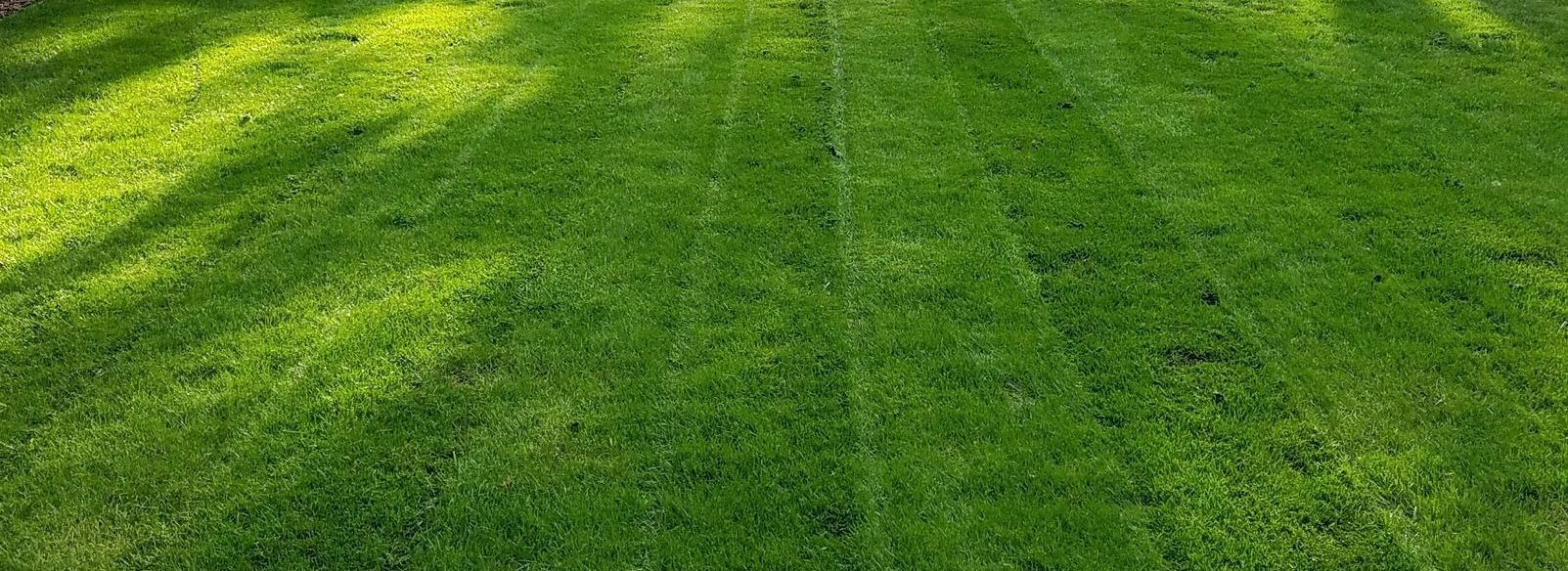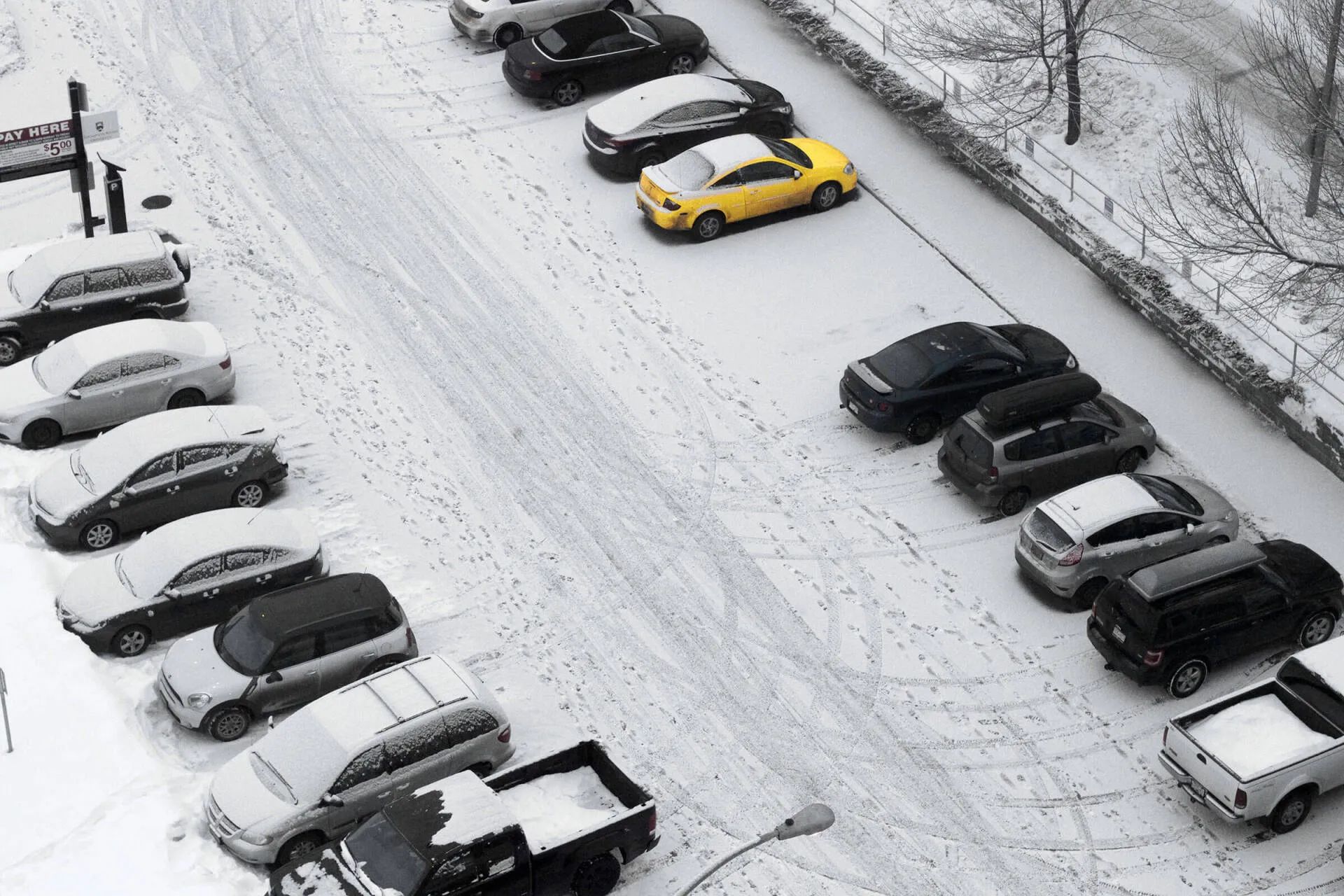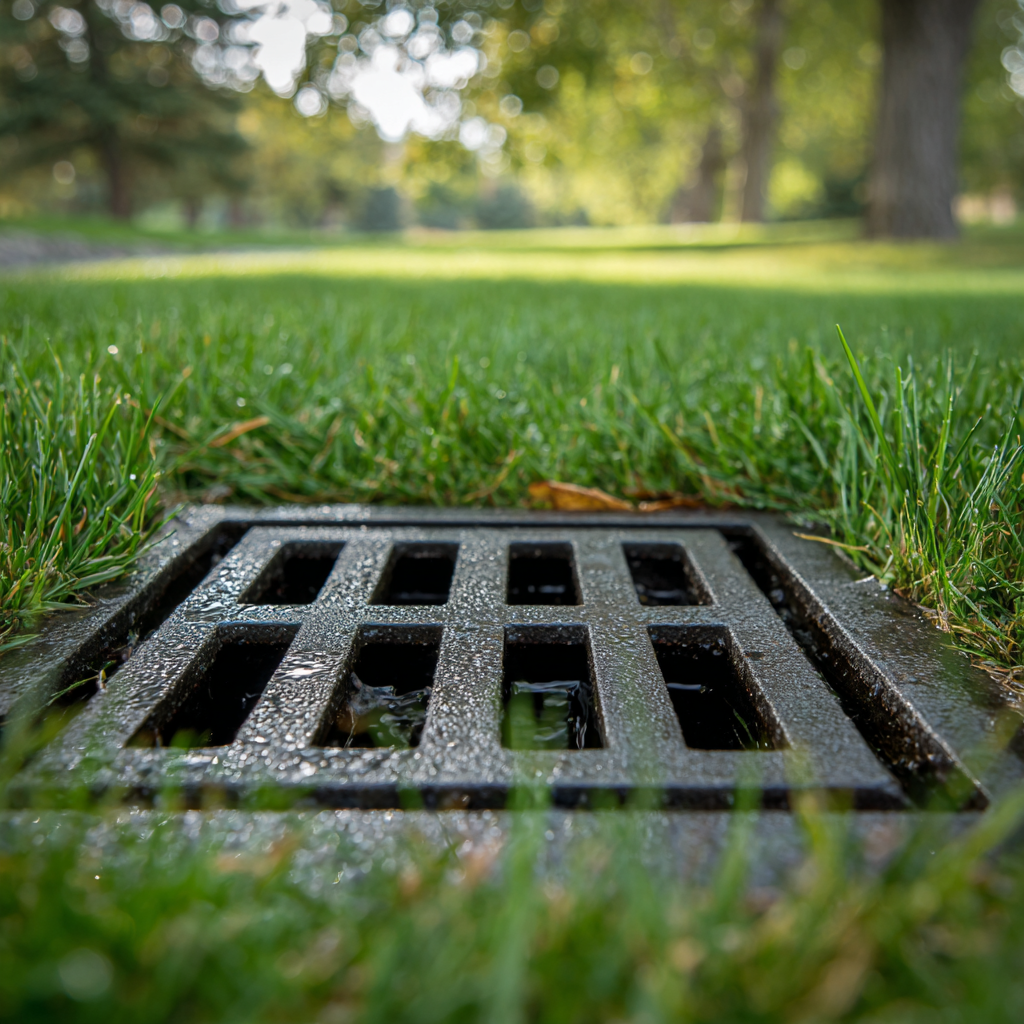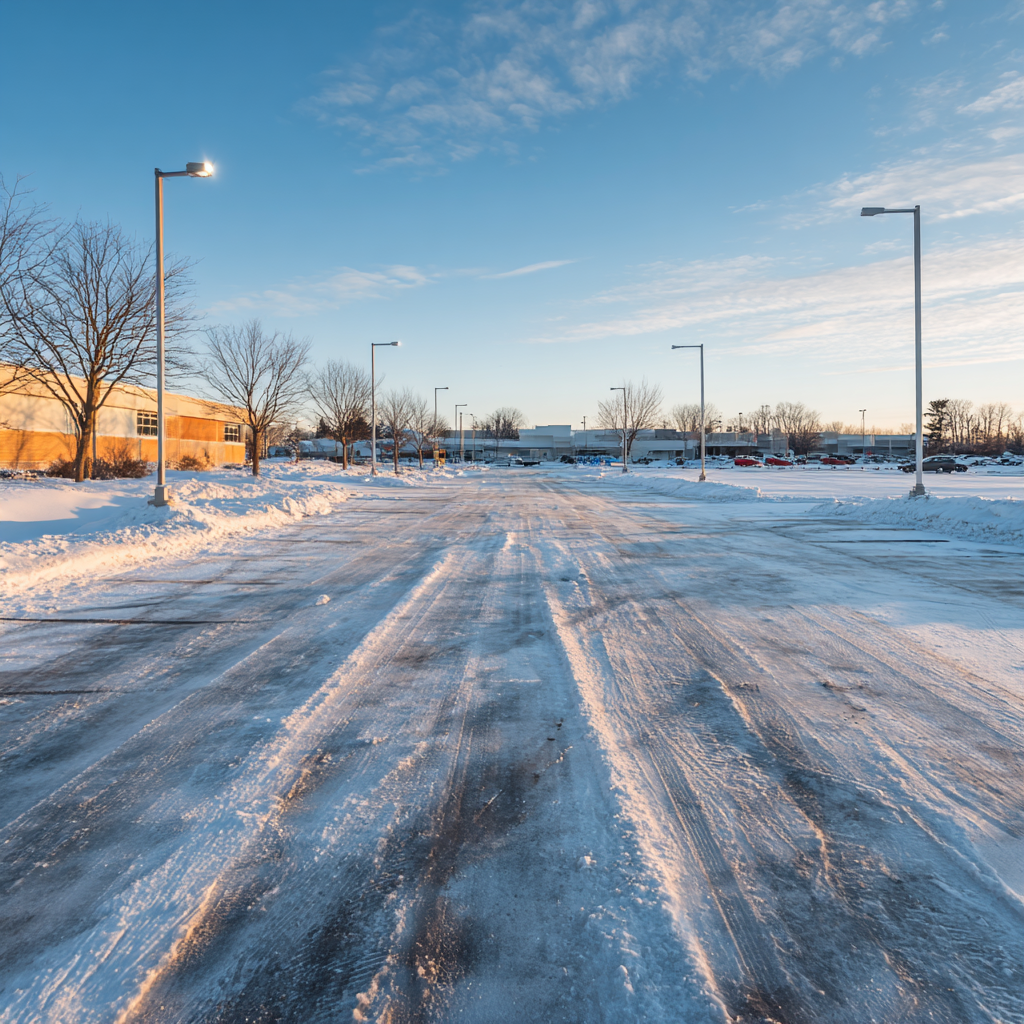How to Kill Creeping Charlie
Creeping Charlie (Glechoma hederacea) is a perennial ground cover that has been a thorn in the side of homeowners and professional lawn care companies for many years. In Minnesota, you can find it growing in full shade, partial shade, and even in the full sun areas of your lawn.
Creeping Charlie, which is also commonly referred to as ground ivy, can be easily identified by its square-shaped stems, purple flowers in April and May, and its refusal to die even when sprayed with standard herbicides that will kill almost all other broadleaf weeds growing in your lawn. Creeping Charlie and wild ivy are the only two types of broadleaf weeds that are not well controlled by the typical 3-way herbicide application, which is what is used for a typical lawn weed killer treatment.
So even if you are treating for weeds regularly, creeping Charlie will not be eliminated unless treatment for with a specialty herbicide, timed properly during the season, with repeat application made 2 weeks apart.
KG Landscape can get of your creeping Charlie and wild violet lawn weeds, click on the quote request below for a free quote if you are in the greater Minneapolis or St. Paul, MN Metro area.
Why Is Creeping Charlie So Hard to Kill?
Creeping Charlie is very difficult to kill because its leaves are protected by an abnormally thick and waxy cuticle layer. The waxy cuticle layer covers the outside of the leaf and makes it difficult for herbicides to be absorbed into the plant’s vascular system. Think of how water beads off a waxed car versus one that hasn’t been waxed—in this same way, creeping Charlie makes it difficult to cover the entire leaf surface with herbicide.
Creeping Charlie has two very effective ways of propagating, making it a prolific spreader. Creeping Charlie spreads through rhizomes, which are a form of stem that grows perpendicular to the soil level, either at the soil surface or underground, from which many new shoots will begin growing.
Creeping Charlie is also very effective at spreader via seed production. Through these two methods of propagation, creeping Charlie can “creep” from your neighbor’s yard into yours in a relatively short period of time.
How to Get Rid of Creeping Charlie
The 3 Most Important Factors when it comes to Killing Creeping Charlie
1) Using the right chemical,
2) Treating at right time of year
3) Making repeat applications, 10-14 days apart .
1) Using the right chemical,
2) Treating at right time of year
3) Making repeat applications, 10-14 days apart .
The Best Chemicals to Kill Creeping Charlie
Triclopyr and Dicamba are the active ingredients that seem to provide the best control of creeping Charlie, although 4-D also provides some level of control. At KG Landscape, we use a specialty herbicide that contains more of the active Dicamba and Triclopyr ingredients than what you’d find in a retail product.
If you’re trying to kill creeping Charlie on your own, look at the label of any product that claims to be effective and make sure the amount of Dicamba and Triclopyr is greater than 4% and 3% respectively. We also use surfactant (spreader sticker) that reduces the surface tension of water, preventing it from beading or rolling off the leaves when applied.
The weed killer chemical needs to stick to the leaf of the creeping Charlie for at least 12 hours to be effective per the label, but we prefer that our customers wait for 48 hours before watering after treatment, for best results. hours or being preferred.
Keep in mind, the goal is to kill the creeping Charlie, without killing your desirable cool season lawn grasses. Borax and Roundup will also kill creeping Charlie if timed properly, but I'm not recommending either of those in this article since our goal is to kill the creeping Charlie and leave the lawn intact.
The only time that using Roundup makes sense for killing creeping Charlie, is when you want to kill the entire lawn and all of the weeds prior to starting a new lawn over from scratch, via seeding, hydro seeding, or sodding.
We suggest watering thoroughly after 48 hours or on day 3 post treatment, to help jump start the translocation process and rinse the herbicide off the leaves of desirable grasses. Our treatment does not kill lawn grasses, but can sometimes stress them especially when temps are high, so watering helps prevent any noticeable damage to your lawn.
When is the Best Time of Year to Kill Creeping Charlie?
Correctly timing creeping Charlie applications is just as important as using the right chemical. Applications should be made during periods of active growth, when the plant is most likely to absorb the herbicide effectively. During the period of nutrient flowing in April-May and in the fall, preferably after the first frost, are the most effective times to treat creeping Charlie.
These periods of active growth provide the best chance for the chemicals to become systemically absorbed by the entire plant. To be effective, herbicides must be translocated from the leaf of the plant throughout the entire vascular system, killing the plant completely, roots and all. If only the leaves die, than the rhizomes and roots are free to send up new shoots shortly after recovering from a treatment.
Plants are most actively translocating the sugars that act as a carrier for herbicides during periods of active growth.
Metabolic activity will decrease significantly during periods of heat and drought stresses (summer, late June to mid-August), so summer is an ineffective time to kill creeping Charlie. Treating in the summer will also likely kill the adjacent lawn grasses, since our cool-season lawn grasses can be damaged when treated with herbicide during periods where temperatures are above 80 degrees Fahrenheit. For these reasons, we will not treat it during the summer.
Best Time to Kill Creeping Charlie is In the Spring While It's Flowering

The Spring Flowering Period - Is The Best Time to Kill Creeping Charlie & Wild Violet in MN
Spring is the best time to treat creeping Charlie because creeping Charlie is actively drawing nutrients from its leaves during this time and storing those nutrients in its root system, which offers an active highway for herbicides to follow. Chemicals are not effectively absorbed by the actual flowers themselves; rather, the period of flowing coincides with a period of active growth and herbicides are still most effectively absorbed through the leaves.
During the spring, new leaves are emerging that have not fully developed their waxy cuticles (they are not as tough as they will be later in the summer), which may also contribute to the improved success of herbicide translocation in the spring. Spring applications also are less risky than the late fall applications, since the window for best timing is considerably longer during flowering, giving more time for consecutive applications during ideal conditions.
If Treating in the Fall - Early October Application Works Best
Fall can also work well for treating creeping Charlie and wild violet, for two reasons. One reason is because of the translocation taking place during active growth as mentioned above.
The second reason is that after the first frost in the fall, tiny cracks or fractures in the waxy leaf cuticle caused by freezing damage open direct pathways in the leaf surface where herbicides can enter and be absorbed. This helps bypass one reason that creeping Charlie is so hard to kill, which is its thick and waxy protective cuticle.
The median freeze date in the Minneapolis/St. Paul metro area is between October 1st and October 15th, making early to mid October a good time to treat for creeping Charlie in the fall. Because we apply 2 treatments spaced roughly 2 weeks apart, you'll want to get started with the first application in early October with the second application to be applied in mid-October.
Another reason not to wait until late October, is because if you wait too long, the plant will have stopped actively growing, making treatments ineffective. We also worry about fallen leaves covering the entire yard, preventing good herbicide coverage.
Repeat Applications Work Best
Even when using the best chemicals and proper timing, creeping Charlie can still be difficult to control. In general, when people say control instead of kill, they are leaving open the possibility that you may not completely kill off all of the creeping Charlie in your lawn.
The best way to kill creeping Charlie and wild violet is to make repeated applications during periods of active growth. Ten- to fourteen-day intervals are recommended between applications. Two treatments applied two weeks apart in the spring during flowering or in the fall after the first freeze will give you the best chance of getting rid of creeping Charlie, once and for all.
At best, we’ve seen creeping Charlie die completely with one application, and at worst, we’ve run into lawns where heavy infestation requires two treatments per season for 2-3 consecutive years to completely remove creeping Charlie.
Because there are limits to how much herbicide that can be applied to a lawn each year, (2) treatments in the maximum that we will apply each year. We recommend going with two treatments, two weeks apart for the first year. After this we will wait until the following spring to determine if there is a need need for additional applications.
Say Goodbye to Creeping Charlie!
Reach out Today to Learn More About How KG Landscape Can Help Improve Your Lawn

